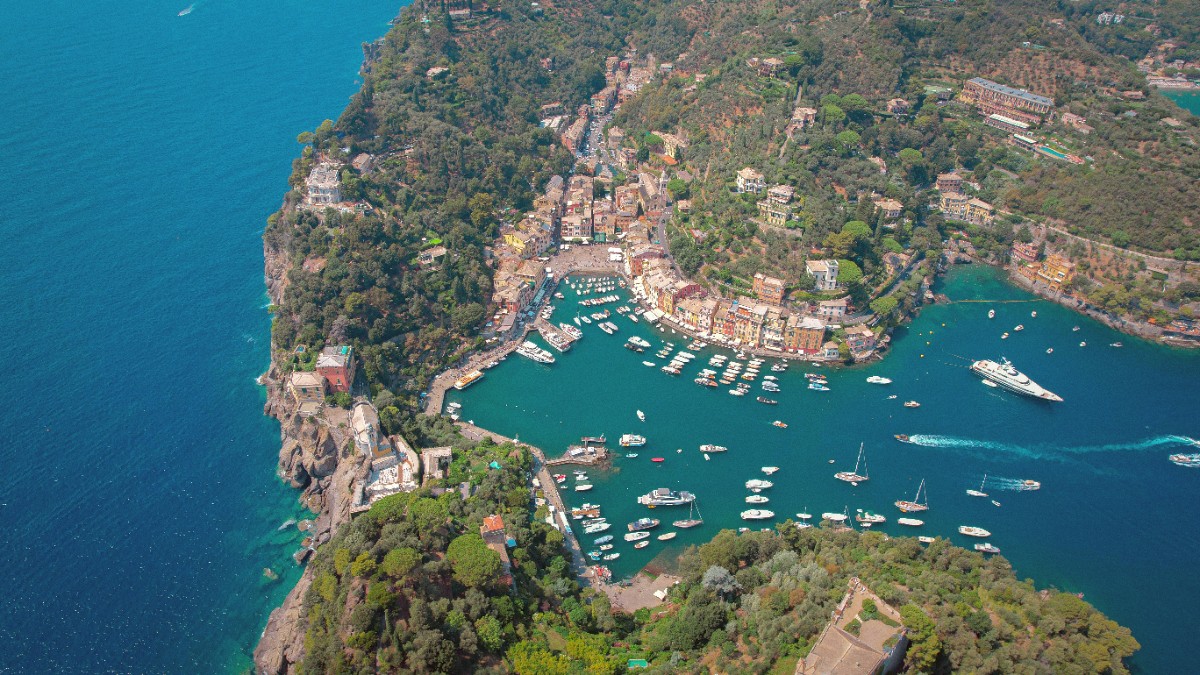
Liguria Piedmont And Valle Daosta, Italy
Ligurian cuisine highlights olive oil, fresh herbs, vegetables, and seafood. It differs from butter/meat traditions of northern Italy or tomato-centric dishes of the south.
Historical roots connect to both the sea and mountainous hinterland. Ancient trade routes through Genoa also introduced subtle Eastern influences. Cuisine often lighter and healthier, reflecting a Mediterranean diet.
Typically 12:30 PM to 2:30 PM. Many restaurants close between lunch and dinner service.
Starts from 7:30 PM or 8:00 PM. Locals frequently dine later, sometimes after 9:00 PM.
Dining is a social event. Meals are not rushed. Enjoy the company and the flavors.
Iconic green sauce from Genoa, with fresh basil, pine nuts, garlic, Parmesan, Pecorino Sardo, and Ligurian olive oil.
A culinary delight with fresh, locally made pesto.
Typical Ligurian thin, twisted pasta shape, perfectly capturing pesto sauce. Sometimes served with potatoes and green beans.
A simple, powerful combination of local ingredients.
Flat, oven-baked bread with Ligurian olive oil and salt. Enjoy plain, as accompaniment, or with toppings. "Focaccia di Recco" is a cheese-filled specialty.
A regional staple; look for it in bakeries ("panifici").
A thin, savory pancake made from chickpea flour, baked until crispy. Often a street food snack.
Try Ligurian white wines like Vermentino or Pigato. Chinotto is a local, bitter, citrus-based soft drink.
Portofino hosts high-end restaurants with harbor views. They specialize in ultra-fresh seafood and refined Ligurian cuisine.
Portofino has limited mid-range options. More affordable quality can be found in Santa Margherita Ligure and Rapallo.
Local markets provide fresh produce and specialties. International options are minimal in Portofino itself.
Italian/Ligurian cuisine features many vegetable, pasta, and bread dishes. Pesto contains cheese, but many dishes adapt.
Communicate clearly: "Sono vegetariano/a" (I am vegetarian) or "Sono vegano/a" (I am vegan).
Many restaurants recognize gluten-free needs ("pasta senza glutine," risotto, grilled fish/meat). Cross-contamination risks exist.
Inform staff about allergies: "Ho un'allergia a..." (I have an allergy to...).
For clear communication of dietary needs.
Check menus or reviews beforehand for dietary info.
Difficult to find. Self-cater or opt for vegetarian/fish.
Cross-contamination risks exist in busy kitchens.
Enjoy a classic pre-dinner drink with accompanying snacks in Portofino's central square.
A perfect setting for people-watching and soaking in the atmosphere.
Many restaurants offer special seafood platters, demonstrating the freshest local fish. Ask for recommendations.
Experience the true flavors of the Ligurian Sea.
Many luxury hotels offer tailored culinary journeys for a more intimate and exclusive setting.
Enjoy simple pleasures at local cafes, perfect for a quick coffee or a light pastry.
Learn to bake authentic Ligurian focaccia, a regional staple.
Visit local mills in the hinterland and learn about Ligurian olive oil production.
Explore vineyards producing local white wines like Vermentino or Pigato.
Dining in the Piazzetta for the classic Portofino experience, albeit at a higher price point.
Ideal for scenic views and people-watching.
Venture to these nearby towns for more diverse and budget-friendly dining options.
Accessible via short bus or ferry rides.
Dining in Portofino can be expensive. Plan to spend more for fine dining experiences.
Experience coffee like a local by ordering and drinking at the bar.
Learn a few basic Italian food terms or use a translation app.
While awareness grows, especially for gluten-free needs, always reconfirm with restaurant staff upon ordering.